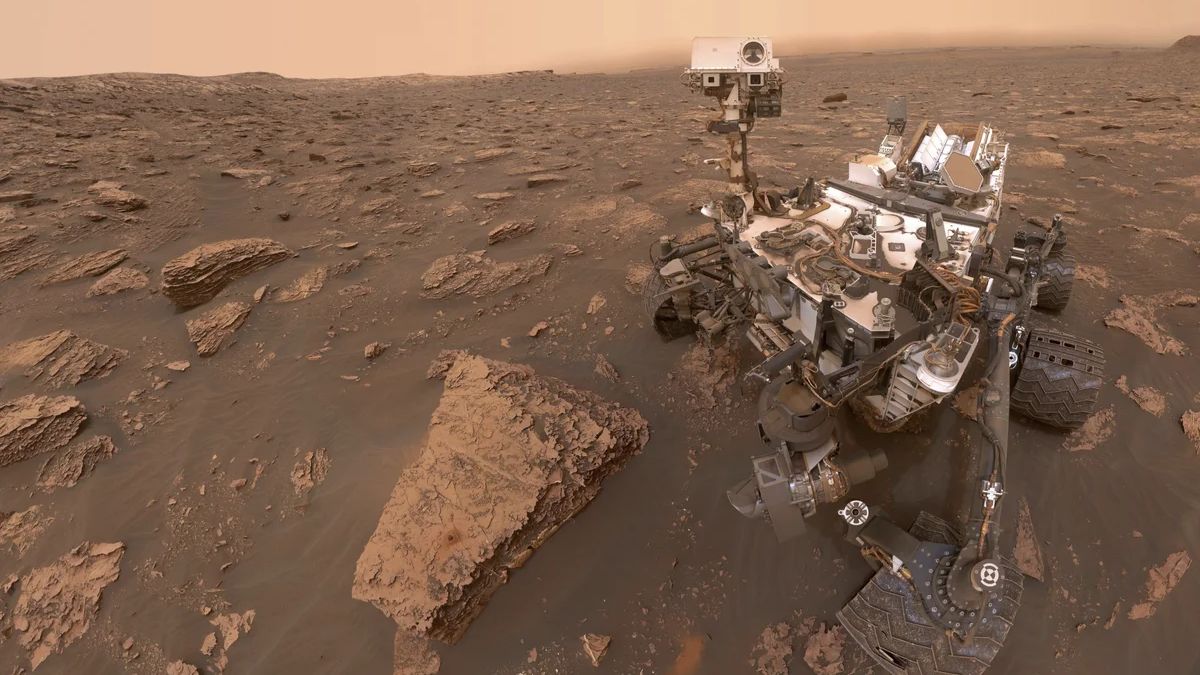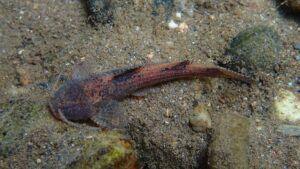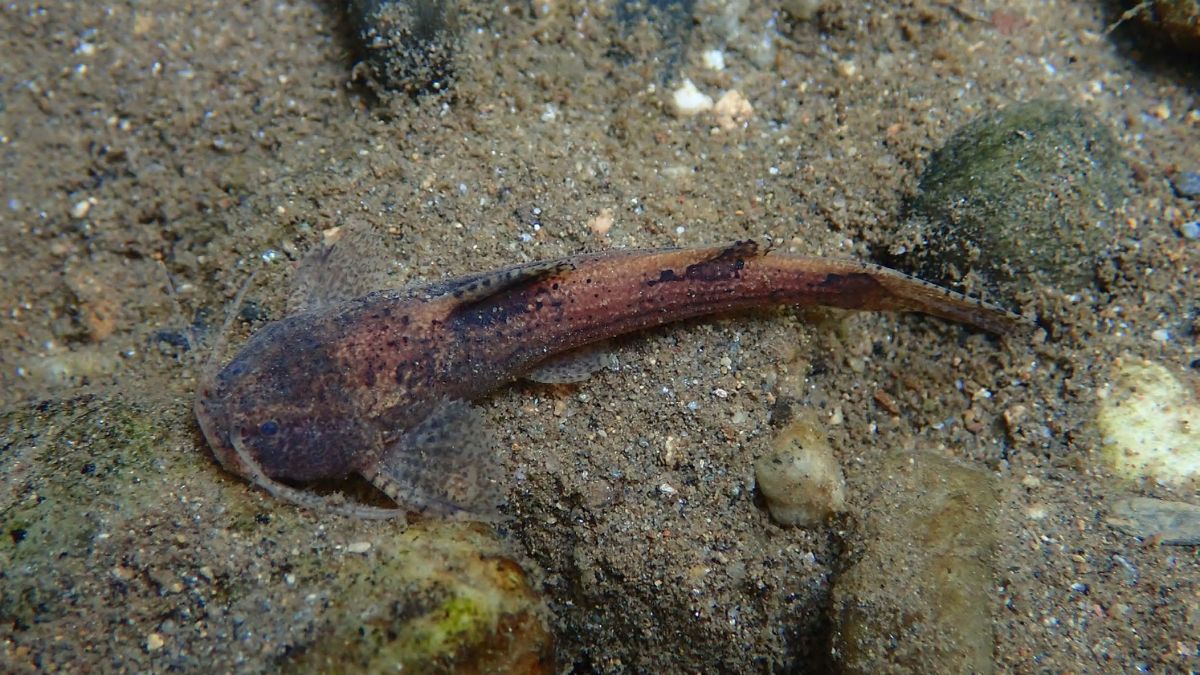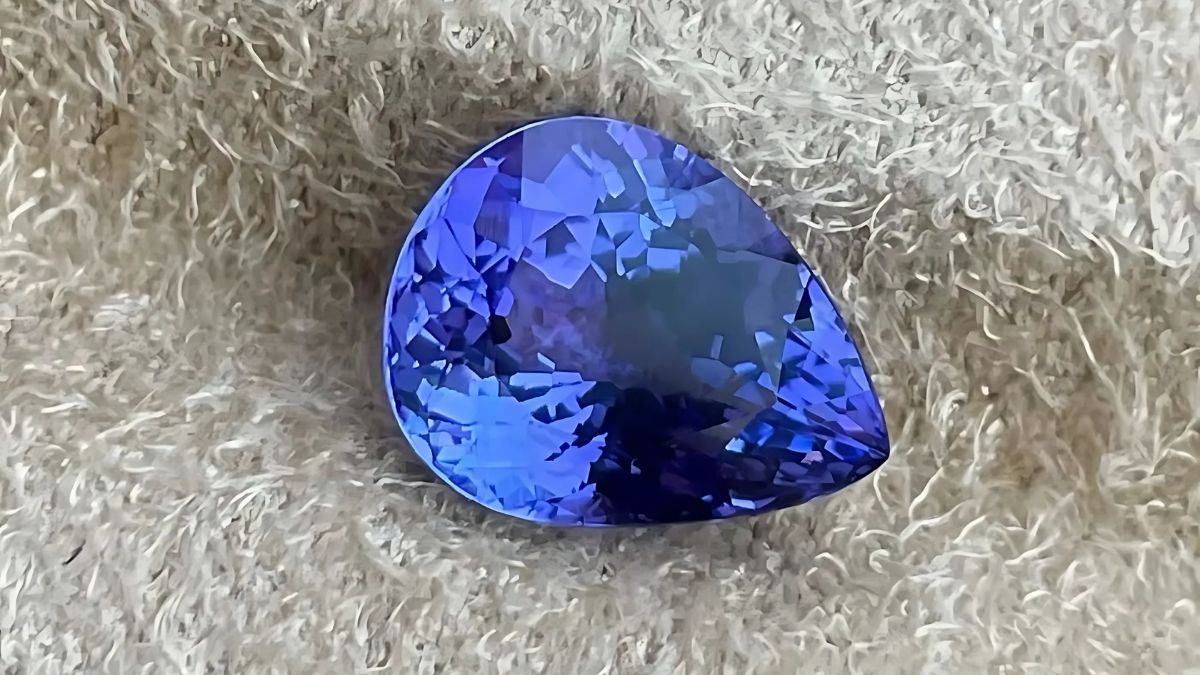Is there life on Mars? It’s a question scientists have asked for decades. Thanks to NASA’s Curiosity rover, we’re getting closer to some real answers. During its mission, the rover made an incredible discovery — organic compounds and hydrocarbons in a Martian rock. These aren’t living things, but they are serious clues in the hunt for life beyond Earth.
So, what does this mean for the future? And why is NASA so focused on the red planet? Let’s break it all down.
Reason
Why are scientists looking at Mars in the first place? The simple answer is: Earth is changing — and not in a good way. Problems like climate change and the thinning ozone layer make our planet more dangerous over time. The ozone layer, which protects us from harmful rays of the sun, is getting weaker, and that could make life on Earth harder.
That’s why NASA and other space agencies are exploring options. Mars is one of the closest planets to Earth, and it might have once had the right conditions for life. That’s why scientists want to know: did life exist there? And if so, could it exist again?
Mission
To answer those questions, NASA sent the Curiosity rover to Mars. It’s a robotic vehicle with cameras, tools, and a drill designed to explore the planet’s surface.
After months of exploring, Curiosity drilled its first hole in 2013 — on its 279th day on Mars. The goal was simple: collect rock samples, send back data, and look for any sign of life or useful information about the planet’s history.
Findings
The rock sample Curiosity collected was more than just dust and minerals. When scientists studied it using advanced lab tools on Earth, they discovered organic molecules — including long-chain hydrocarbons. These are the same kinds of molecules we find on Earth that are linked to living things.
That doesn’t mean there are aliens, but it does suggest that Mars had conditions that could have supported life at some point in its history. These molecules are like fossils of past chemistry — signs that life may have been possible.
Progress
Sending a robot to Mars isn’t easy. The Martian atmosphere is thin, yet landing safely is a major challenge. Earlier missions often failed, but Curiosity was different.
NASA built it to survive the landing, move across rough terrain, and drill into solid rock. That technology — along with lessons from past missions — made this discovery possible.
And now that we’ve found these organic compounds, the next step is to understand how they got there, how old they are, and what else Mars might be hiding.
Living
Can humans live on Mars someday? It’s one of the biggest questions out there. The short answer is: not yet.
Mars has a thin, toxic atmosphere filled with carbon dioxide. The surface is covered in rust-like dust, which gives it that red color but also makes the air harmful to breathe.
We’d need special suits, oxygen, and shelter just to survive a few minutes outside. Some scientists have even proposed wild ideas — like using nuclear explosions to change the Martian atmosphere — but those ideas are far from being tested or approved.
Meaning
Why does this all matter? Because studying Mars helps us better understand our own planet and where we came from. Earth’s early history is full of questions, and by studying Mars — which may have followed a similar path — we might get answers.
- Did life start on both planets?
- Was Mars once like Earth?
- Could life exist elsewhere in the universe?
These are the kinds of questions that keep scientists exploring.
Future
No, we haven’t found Martians. But discovering organic compounds on Mars is a big step toward something even bigger. It shows that Mars may not be just a cold, empty desert. It might be part of a much larger story about life in the universe.
As NASA continues to look, each mission brings new answers — and even more questions. So if you’ve ever looked up at the night sky and wondered what’s out there… this is just the beginning.
FAQs
Did NASA find life on Mars?
Not exactly. They found organic compounds, which are signs life could have existed.
What did the Curiosity rover find?
It found long-chain hydrocarbons in a Martian rock sample.
Can humans breathe on Mars?
No, the air is toxic and lacks oxygen, so we’d need special gear.
Why is Mars important to study?
It helps us understand life’s origins and gives hope for future survival.
Will we live on Mars soon?
Not soon. Mars needs major changes before it’s safe for humans.




















